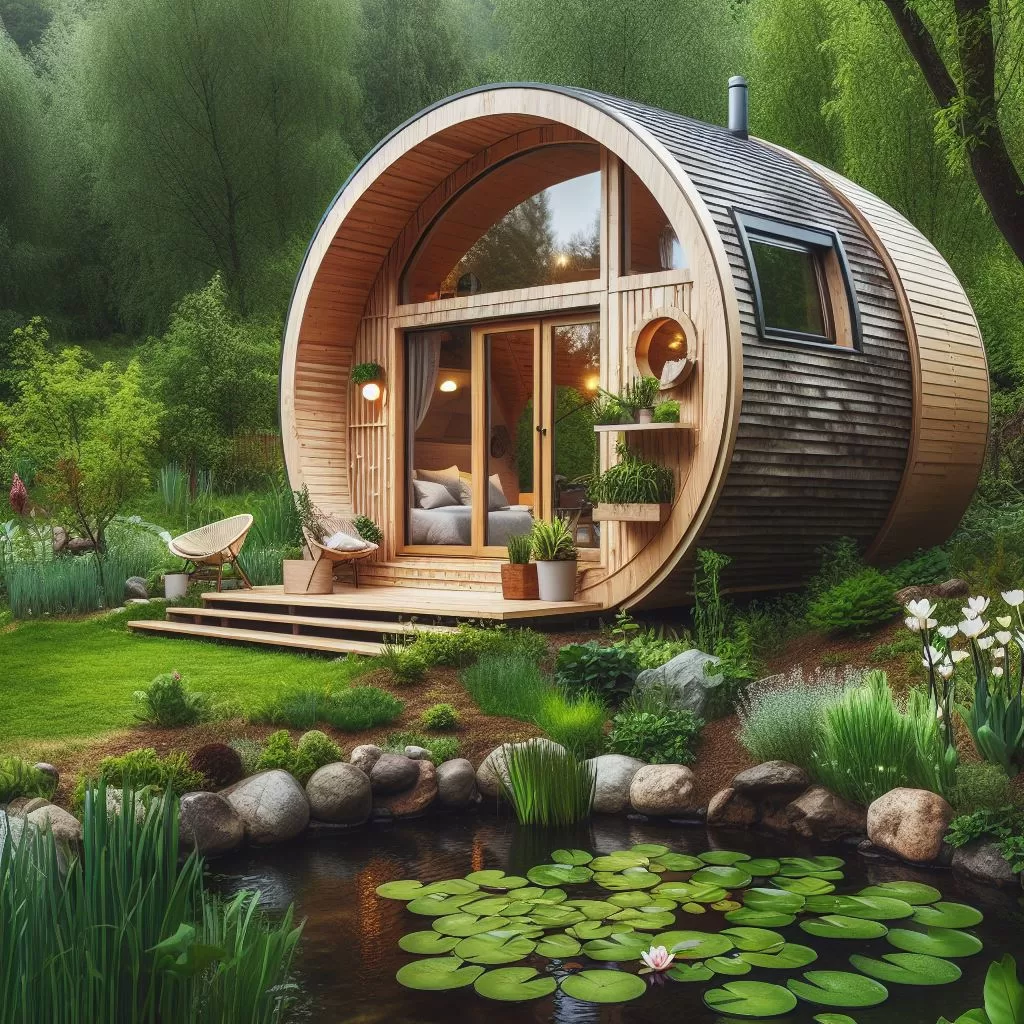As the world of housing evolves, more homeowners are looking for innovative ways to maximize their property’s potential. One increasingly popular solution that promises both practicality and versatility is the Accessory Dwelling Unit (ADU). These small, self-contained living spaces offer an array of benefits, from increasing property value to providing additional income opportunities. In this article, we will take you through the essential steps of building an ADU and explore the compelling reasons why you should consider adding one to your property.
What Does ADU Mean?
ADU stands for Accessory Dwelling Unit. It is a secondary housing unit on a single-family residential lot. ADUs can be attached to the primary dwelling, such as a basement apartment, or detached, such as a backyard cottage. They are also known as granny flats, in-law units, or backyard cottages. ADUs provide additional housing options and can be used for rental income or to house family members.
What’s The Difference Between an ADU and a DADU?
A DADU (Detached Accessory Dwelling Unit) is a type of ADU that is detached from the primary dwelling and is a standalone structure that shares land with the main house. The main difference between an ADU and a DADU is that an ADU can be either attached or detached to the existing house, while a DADU refers to the detached unit only.
What are the Regulations for an ADU in Washington?
In Washington State, many cities and counties are required to adopt ordinances encouraging the development of accessory dwelling units (ADUs) in single-family zones. This legislation applies to cities with a population over 20,000 and is part of the 1993 Washington Housing Policy Act.
Additionally, in 2023, HB 1337 was passed which requires jurisdictions to allow two ADUs per lot within urban growth areas by six months after the next periodic update due date. This document provides detail on the state law and local policy choices.
What Size Can My ADU Be?
The size requirements for ADUs in Washington state vary depending on the type of ADU and the location. Detached and attached ADUs shall not exceed 800 square feet or up to 50% of the size of the main house, not including the garage (whichever is less). ADUs can be less than 300 square feet in size so long as they comply with state building code minimum dwelling standards. The maximum height of an ADU is limited to 25 feet or less. Minimum ADU size is no less than 1,000 sq.ft. AADUs are limited to 1,000 square feet in a neighborhood residential zone, including RSL, and up to 650 square feet in a lowrise zone. It is important to check with your local government to determine the specific requirements for building an ADU on your property.
Define Your ADU’s Purpose
Determine the primary purpose of your ADU. Are you building it as a space for elderly family members, a rental unit for additional income, a home office, or simply an extension of your primary residence? Knowing your goals will help you tailor the design and layout to best suit your needs.
Find a Great Designer and Contractor
Collaborating with a skilled architect and contractor is essential to bring your vision to life. An expert can create a design that complements your existing home’s aesthetics while optimizing space and functionality. Greenpod Development specializes in high quality, small footprint homes and ADUs that will stand the test of time.
Focus on Quality Materials and Sustainable Building Practices
Investing in high-quality materials and craftsmanship will ensure the longevity and durability of your ADU. Incorporating eco-friendly features into your ADU not only benefits the environment but also lowers long-term operating costs. Consider energy-efficient appliances, LED lighting, proper insulation, and passive heating and cooling strategies. Greenpod always uses sustainable building practices and healthy materials when building your dwelling.
What are the Benefits of an ADU?
1. Extra Income Stream: Renting out your ADU can generate a steady source of income, helping you offset mortgage costs or add to your savings.
2. Multigenerational Living: ADUs provide a private space for aging parents, adult children, or extended family members, fostering togetherness while respecting individual privacy.
3. Property Value: An ADU can boost your property’s market value and make it more appealing to potential buyers, offering a significant return on investment.
4. Sustainable Living: By implementing eco-friendly features, ADUs contribute to a greener lifestyle and reduce overall environmental impact.
5. Addressing Housing Shortages: ADUs offer a solution to the housing crisis in many urban areas, increasing available housing options without compromising existing neighborhoods.
6. Flexibility and Adaptability: As your needs change over time, ADUs can easily transform to accommodate evolving lifestyles, making them a flexible long-term investment.
Building an ADU offers a host of benefits that make it a compelling choice for homeowners. Whether you want to enhance your property’s value, create a rental income stream, or accommodate family members, an ADU is a versatile and practical addition to any home. By following the steps outlined above, you can embark on a successful ADU construction project and unlock the full potential of your property.


